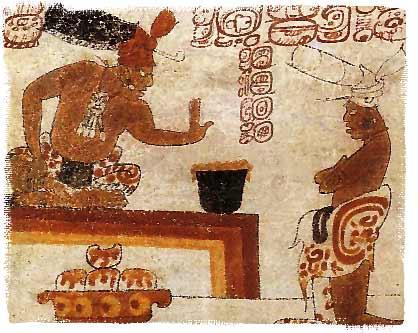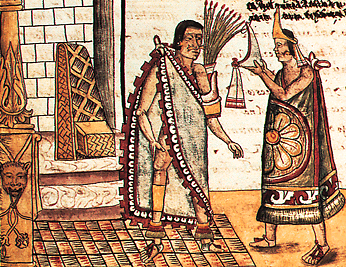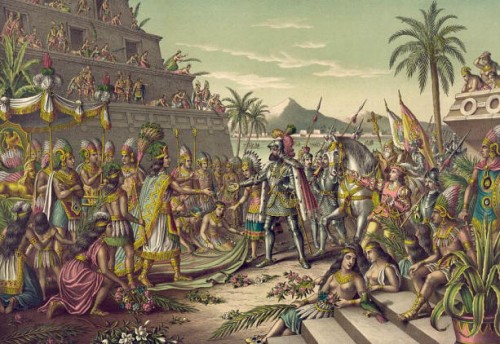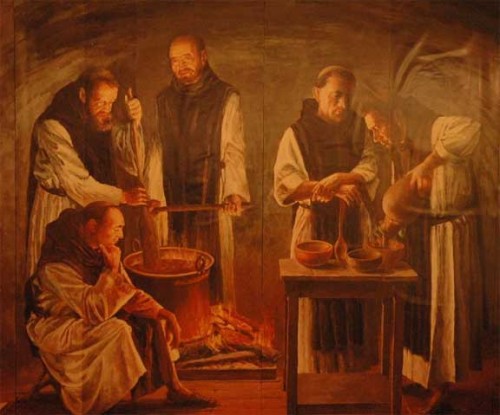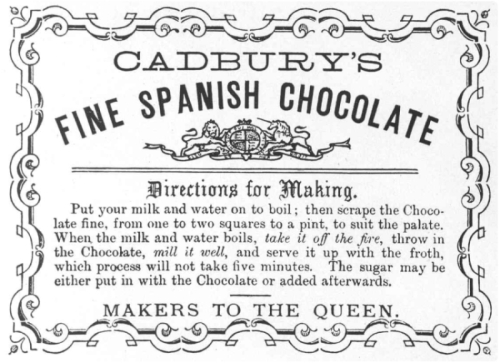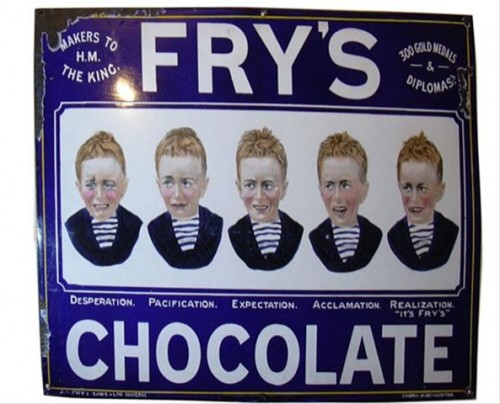One of the main issues that has held me back from achieving my goals in the past has been an underlying fear of failure stemming from lack of self-confidence. I’ve always been an idea generator, and often had no problems starting projects, but when I got about half way through, I lost momentum.
Rather than persevering and finishing things, I tended to direct my attention elsewhere and started something new, leaving me with numerous unfinished projects and little to show for my efforts. It was my own form of self-sabotage – I always felt like I was spinning my wheels but never getting anywhere.
One of my main goals for this year was to focus on improving my self confidence, and it’s made a huge difference in where I am now compared with even six months ago.
Here are some of the ways to built up self-confidence.
Make the decision to change – The first step to building self-confidence is to decide you will change. This probably sounds obvious but with me, I hit a point where I know I’m not happy with where I am and make a decision that it’s unacceptable to continue with my current course of action. Once I’ve made that decision, I tend to stick with it.
Take care of yourself - It’s amazing how just grooming yourself, getting a makeover or a nice haircut will do for your self-esteem. You’ll look and feel better. I almost always start my change process with some type of change in appearance.
Stop comparing yourself to others – It’s really easy to look at what others have and wish you lived where they do, drove a more expensive car, had cooler gadgets, a larger bank account, and so on. Yet this kind of envious thinking only makes you feel worse about yourself, and worse, inspires you to live above your means. Most of us aren't immune to wanting more – hence the current economic crisis – but I've learned that having cool stuff doesn’t necessarily make people happier. Happiness comes from within, not from all the stuff you collect.
Be grateful for what you have – If you have enough to eat, a roof over your head, and supportive friends and family members, you've got plenty to be grateful for. How often do we take things for granted rather than appreciate what we have?
Be positive – It’s easy to fall into a cycle of sarcasm and complaining, but much more fulfilling if you take a positive attitude towards life. Look for what’s right rather than what’s wrong. That isn't to say ignore the bad stuff, but instead of complaining and feeling helpless, look for things within your control.
Be true to your principles – Self-confidence and authenticity go hand-in-hand. Knowing who you are and what you stand for – and then acting in accordance with those principles – builds a sense of self-respect.
Accept compliments – Whenever someone says something nice to you, respond with a simple “thank you.” Don’t put yourself down, mentioning “it’s nothing special” or “it wasn't a big deal” or that really you thought you “don’t deserve it.” By accepting compliments, you honor the opinions of others and show you appreciate their kindness.
Make eye contact – Eye contact is incredibly powerful. When you don’t make eye contact, it can indicate that you’re shy, bored with the conversation, or perhaps that you’re hiding something. When you focus on making eye contact, it requires you to pay attention to other people rather than zoning off into your own world.
Speak slowly and listen in conversations – Self-confident people slow down their speech patterns and take the time to listen to others in verbal communications.
Focus on your strengths but know your weaknesses – In the book Now, Discover Your Strengths, Marcus Buckingham describes how it’s better to focus on your strengths than improve your weaknesses. Yes, you should know what your weaknesses are, but you’ll be happier doing the things you love and are good at rather than struggling to improve your weaknesses all the time.
Build competence – By focusing on your strengths and building competence in the areas that align with your talents and skills, you’ll automatically improve your self-confidence.
Set and achieve small goals – While setting big goals is great, often those big goals can become frustrating and overwhelming. Look for little things you can do – like that to-do list item you've been putting off, or start small, changing one habit for the next 30 days and stick with it. Self-confidence improves with each success.
Do your most important thing for the day first – In Brian Tracy’s book, Eat That Frog!: 21 Great Ways to Stop Procrastinating and Get More Done in Less Time, he encourages you to figure out what your most important task for the day should be and then to do it before you do anything else. That way, you start your day off with a win and will feel incredibly productive; even if that’s the only thing you get done that day.
Find ways to motivate yourself – When you are facing a challenging task, or even something you don’t want to do, finding motivation to get it done can be difficult. Everyone has different ways to motivate themselves. Some people like to reward themselves after success while others need some type of deadline or commitment to push forward. Listening to motivational speakers can also give you a pick-me-up for daily motivation.
Live in the present moment – It’s so easy to get caught up in what we should have done last week or what we must do tomorrow, that we let today pass us by. Living in the present moment means being completely immersed and experiencing whatever you are doing right now.
 Meditate – Just sitting, focusing on your breath, and becoming aware of your thoughts is a big step towards living in the present moment. When you meditate, you become aware of the constant self-talk, much of it negative, that streams through your head on a daily basis. Once you become aware of your own constant chatter, you can take steps to quiet your thoughts and experience the world without your ongoing commentary.
Meditate – Just sitting, focusing on your breath, and becoming aware of your thoughts is a big step towards living in the present moment. When you meditate, you become aware of the constant self-talk, much of it negative, that streams through your head on a daily basis. Once you become aware of your own constant chatter, you can take steps to quiet your thoughts and experience the world without your ongoing commentary.
Acknowledge daily successes – I've been journaling my daily successes each night, as it’s easy to forget about them when you still have so much work to do on your goals. Success builds self-confidence, so it helps when can see that each day, you’re making progress and achieving small goals.

























